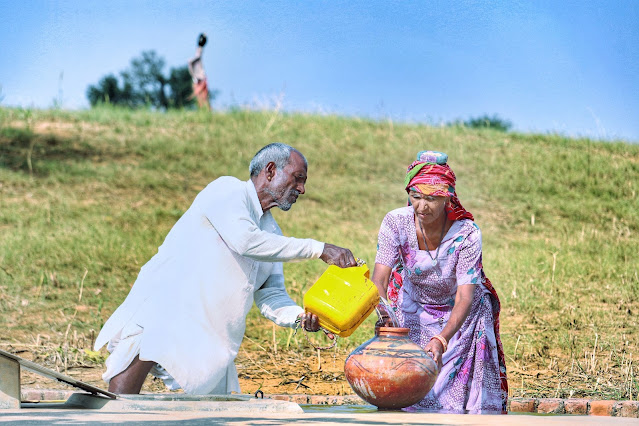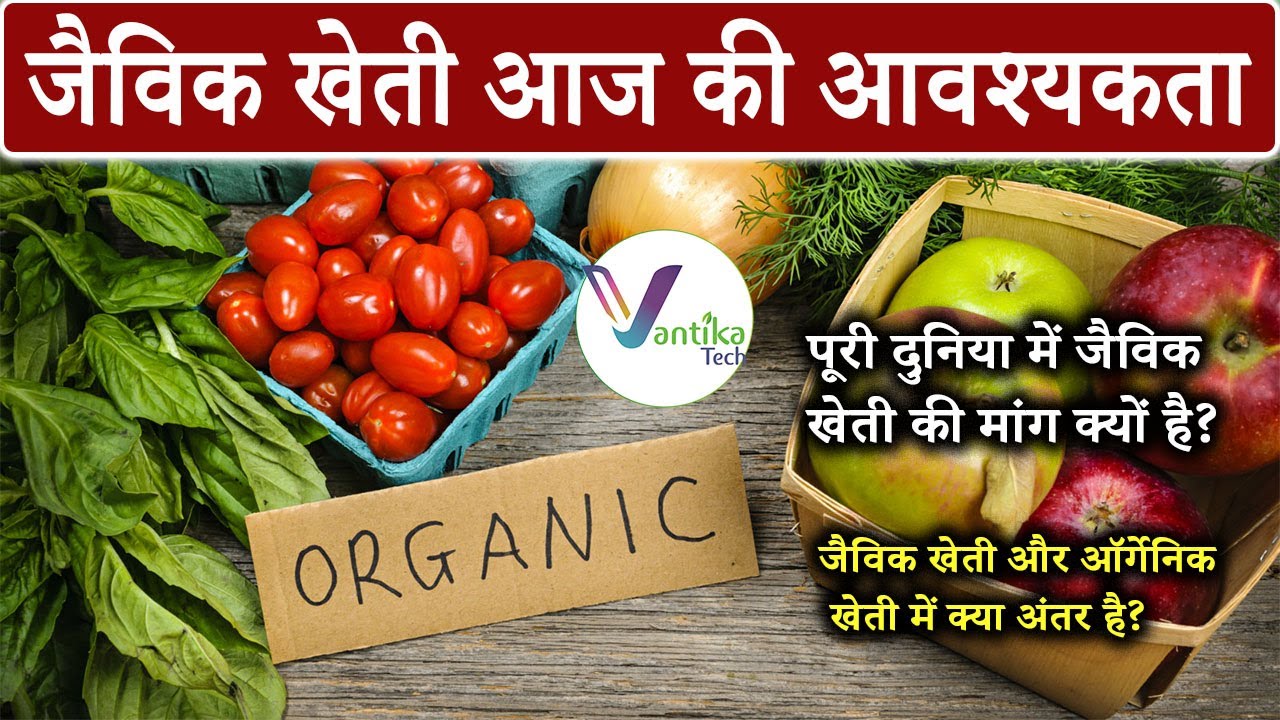Water is a precious resource essential for the survival of all living beings, and its efficient management is crucial, especially in agriculture. Agriculture is one of the major consumers of water globally, and with increasing water scarcity and climate change, sustainable water management practices have become imperative. In this blog, we will explore various sustainable water management practices that can be adopted in agriculture to ensure a thriving and sustainable future.
Drip irrigation
Drip irrigation is a revolutionary water management technique that has transformed the way crops are watered. Unlike conventional methods, which can be water-intensive and inefficient, drip irrigation provides targeted and precise water delivery directly to the plant roots. This blog will delve into the benefits and working of drip irrigation, highlighting its potential to revolutionize agriculture and promote sustainable water usage.
Benefits of Drip Irrigation:
Water Conservation: Drip irrigation drastically reduces water wastage by delivering water directly to the root zone, minimizing evaporation and runoff. This water-saving feature is crucial, especially in regions facing water scarcity and drought.
Increased Crop Yield: By ensuring that crops receive a consistent and optimal water supply, drip irrigation promotes healthier and more robust plant growth, leading to increased crop yields and improved quality.
Improved Nutrient Delivery: Drip irrigation systems can also be used to deliver nutrients directly to the root zone, ensuring that plants receive essential nutrients precisely when they need them.
Weed Suppression: Drip irrigation minimizes water exposure to the areas between plants, thereby inhibiting weed growth. This reduces the need for herbicides and manual weed control efforts.
How Drip Irrigation Works:
Drip Lines: Drip irrigation systems consist of flexible tubes called drip lines that are placed along the planting rows. These drip lines have evenly spaced emitters that release water in controlled drips.
Precise Watering: The emitters allow water to drip slowly and uniformly onto the soil near the plant roots. This targeted water delivery ensures that plants receive the right amount of water without wastage.
Water Source: Drip irrigation systems can be connected to various water sources, including water tanks, wells, or reservoirs. They can also be integrated with automated timers for precise scheduling.
Adaptability: Drip irrigation can be tailored to suit various crops, soil types, and terrains. It is suitable for both large-scale agriculture and small-scale gardening.
Rainwater harvesting
Rainwater harvesting is a centuries-old practice that involves collecting and storing rainwater for future use. It is an effective and sustainable water management technique that can benefit both agriculture and communities. In this blog, we will explore the benefits and methods of rainwater harvesting, emphasizing its role in conserving water and promoting sustainability.
Benefits of Rainwater Harvesting:
Water Conservation: By capturing rainwater, we reduce the strain on freshwater sources, such as rivers and groundwater. This promotes water conservation and helps alleviate water scarcity in drought-prone regions.
Self-Sufficiency: Rainwater harvesting provides an independent water supply, making communities and farmers less reliant on external water sources. It offers a lifeline during water shortages or emergencies.
Improved Water Quality: Rainwater is free from pollutants and chemicals commonly found in other water sources. Harvested rainwater can be used for various non-potable purposes, such as irrigation and household chores.
Soil Health: Rainwater harvesting prevents soil erosion and helps maintain soil moisture, supporting healthier plant growth and agricultural productivity.
Methods of Rainwater Harvesting:
Rooftop Harvesting: Collecting rainwater from rooftops is a common and straightforward method. Gutters and downspouts channel rainwater into storage tanks or reservoirs.
Surface Runoff Harvesting: Diverting rainwater from paved surfaces into collection basins or trenches allows for effective utilization of rainwater runoff.
Percolation Pits: Excavating percolation pits allows rainwater to percolate into the ground, recharging underground water sources.
Check Dams: Building small check dams across streams or seasonal rivers helps capture and store rainwater, benefiting both agriculture and wildlife.
Mulching
Mulching is a simple yet powerful agricultural practice that involves covering the soil around plants with a protective layer of organic or inorganic materials. This layer acts as a shield against extreme weather conditions and helps retain moisture, improving water efficiency and enhancing soil health. In this blog, we will delve into the benefits and methods of mulching, emphasizing its role in sustainable agriculture.
Benefits of Mulching:
Water Conservation: Mulching reduces evaporation from the soil surface, preserving soil moisture and minimizing the need for frequent irrigation. It helps farmers optimize water usage and combat drought conditions.
Weed Suppression: A layer of mulch acts as a natural weed barrier, preventing weed growth and minimizing competition for nutrients and water among crops.
Soil Erosion Control: Mulch safeguards the soil from erosion caused by heavy rains or strong winds, preserving its fertility and structure.
Soil Temperature Regulation: Mulching moderates soil temperature, protecting plant roots from extreme heat or cold, ensuring optimal growth conditions.
Methods of Mulching:
Organic Mulch: Common organic mulch materials include straw, leaves, grass clippings, compost, and wood chips. They gradually decompose, enriching the soil with nutrients.
Inorganic Mulch: Inorganic mulch materials like plastic sheets or landscape fabric offer long-lasting weed control and effective moisture retention.
No-Till Farming: Leaving crop residues on the field after harvest acts as natural mulch, reducing soil disturbance and promoting soil health.
Living Mulch: Planting cover crops between main crops provides living mulch, which enriches the soil and suppresses weeds.
Use of Drought-Tolerant Crops:
In the face of increasing water scarcity and unpredictable weather patterns due to climate change, the use of drought-tolerant crops has emerged as a promising solution for sustainable agriculture. Drought-tolerant crops possess the ability to withstand prolonged periods of water stress while maintaining their productivity. In this blog, we will explore the importance and benefits of integrating drought-tolerant crops into agricultural practices to build resilience and ensure food security.
Importance of Drought-Tolerant Crops:
Water Scarcity Mitigation: Drought-tolerant crops require less water for growth, reducing the pressure on freshwater resources in water-scarce regions.
Climate Change Adaptation: As climate change leads to increased instances of droughts, using drought-tolerant crops helps farmers adapt to changing environmental conditions.
Sustainable Farming: By promoting the use of drought-tolerant crops, farmers can adopt more sustainable agricultural practices and minimize their environmental impact.
Benefits of Drought-Tolerant Crops:
Increased Crop Yield: Drought-tolerant crops have the potential to maintain or even increase crop yield during dry periods, ensuring a stable food supply.
Risk Mitigation: Growing drought-tolerant crops diversifies the risk for farmers, reducing the vulnerability of their crops to water shortages.
Reduced Input Costs: As drought-tolerant crops require less water and fewer irrigation inputs, farmers can lower their production costs and improve profitability.
Soil Health Improvement: These crops often have robust root systems that enhance soil structure and water-holding capacity, promoting overall soil health.
Promoting Drought-Tolerant Crops:
Research and Development: Governments and agricultural institutions should invest in research and development to breed and develop new drought-tolerant crop varieties.
Knowledge Sharing: Farmers should be educated about the benefits of drought-tolerant crops and provided with training on best practices for their cultivation.
Policy Support: Governments can incentivize the adoption of drought-tolerant crops through policies, subsidies, and insurance schemes.








No comments:
Post a Comment